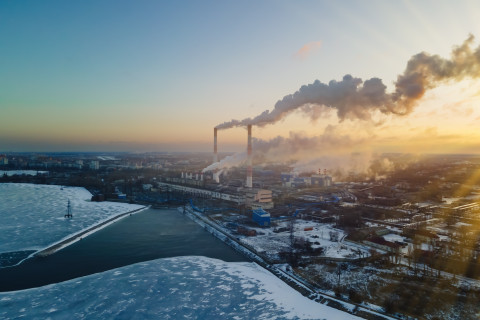EOSC 340 · Climate Change: Causes and Solutions

Mechanisms and processes of past and future global climate change. Climate models and projected impacts. Climate solutions including carbon sequestration, adaptation and geoengineering.
Syllabus
By the end of this course, students will be able to:
(1) EXPLAIN how Earth’s climate system works, particularly the role greenhouse gases play in controlling the energy balance of the system
(2) Critically EVALUATE evidence of anthropogenic contributions to recent climate change.
(3) EXPLAIN how paleo-, historical, and modelling data all inform predictions of future climate
(4) Critically EVALUATE scientific solutions for the climate crisis, including through a lens of environmental justice
You will also be able to:
- Explain how the greenhouse effect works, in terms of energy flows
- Apply systems dynamics thinking (stocks, flows, amplifying and stabilizing feedbacks, delays) to all aspects of Earth’s climate system
- Explain when and why some components of Earth’s climate system are “forcings” and others are “feedbacks”
- Explain how anthropogenic changes (including current and proposed solutions) interact with all aspects of the Earth’s climate and their implications for environmental justice.
Evaluation
Research on how people learn shows that humans must engage with material on a regular, ongoing basis in order to incorporate new knowledge into what’s already in our brains. Evidence from past EOSC courses shows that students who participate continuously during the term statistically perform far better on high-stakes exams. We have therefore structured this course to provide several different ways for you to interact with the course material with the goal to help you get the most out of this course. This includes some activities that are not graded (e.g. in-class worksheets, in-class clicker questions, practice exam questions on PrairieLearn) and other activities that count towards your final grade.